[Blockchain]Bitcoin’s Value Proposition Revisited#!!!!
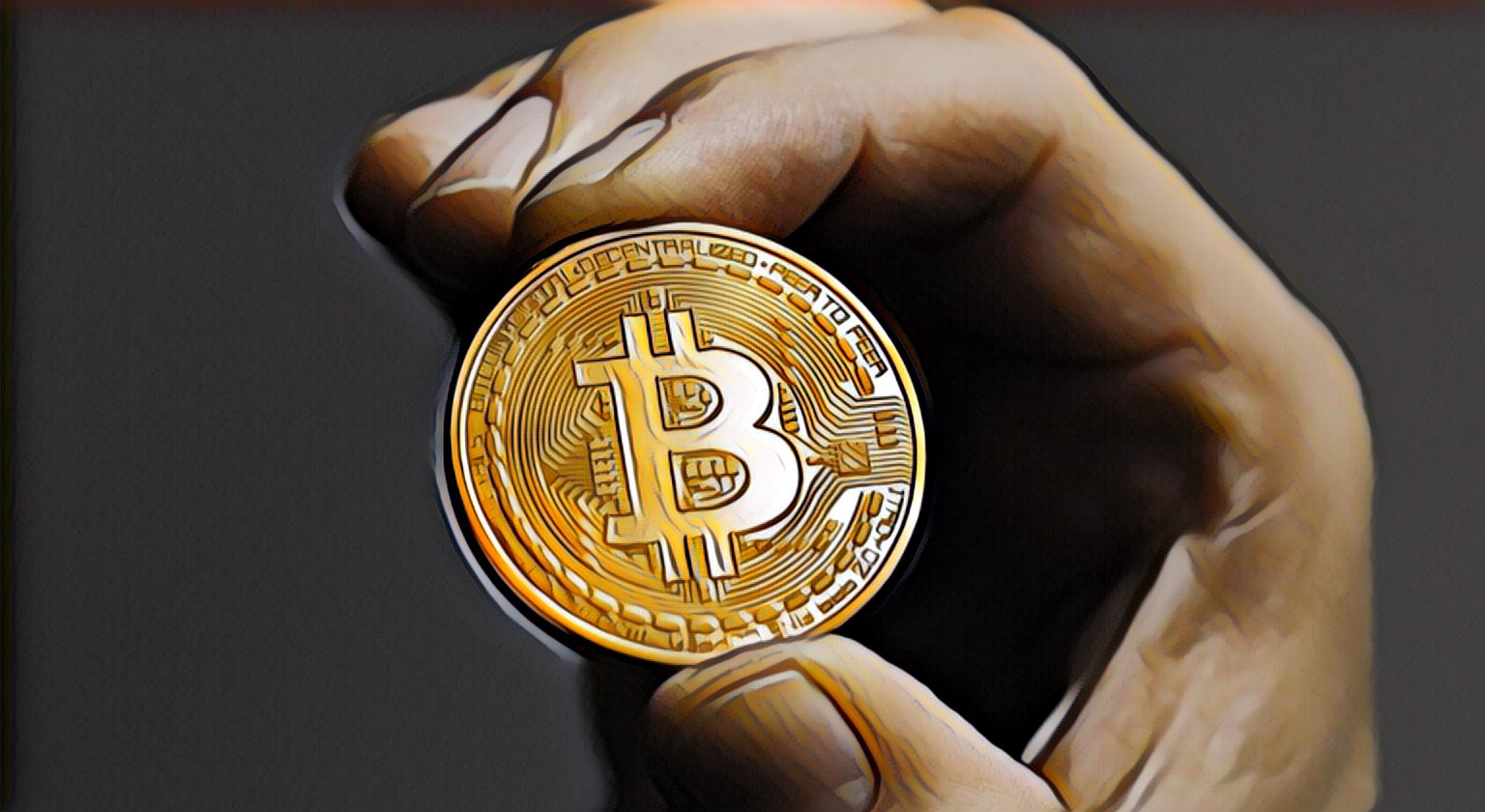
2017 has seen the price of a Bitcoin hit new all time highs again, and again, and again… sending the price of 1 BTC from around $770 to over $8000!
These gains have sent ripples across the entire world, attracting a tidal wave of media attention and fresh eyeballs into the space.
The majority of people I know, though, still haven’t exchanged any traditional fiat currency for the more modern cryptocurrency, worried that it might crash.
Despite the fear and uncertainty, interest levels are steadily on the rise, and people from all corners of my network have began buying Bitcoin. I can’t help but feel that something very special is about to happen!
How does it work? Is it safe? Will it keep going up?
The truth is, nobody knows for certain. Now almost a decade old, though, the technology is demonstrating disruptive real-world use cases, as well as resilience against censorship and attacks.
To understand the forces behind the demand for this new digital asset class, it’s important to remember when Satoshi Nakamoto gave Bitcoin to the world…
(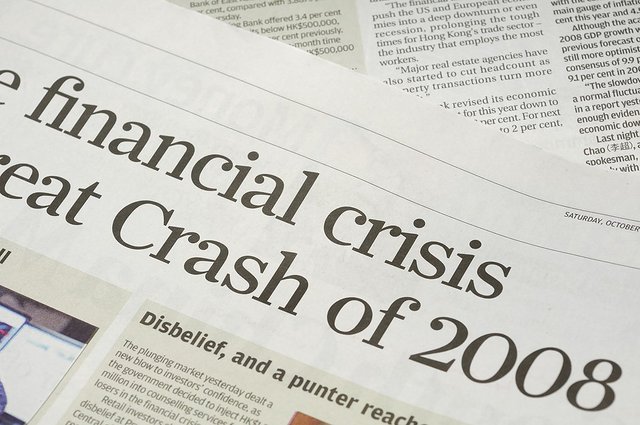 )
)
The global economic crisis of 2008 cost tens of millions of people their entire life savings, their homes, and their jobs.
Tens of trillion of dollars from the global economy… gone!
Thirty million jobs… gone!
The crisis likely sent tens of millions of people back below the poverty line again…
What happened?
In the 1980s, massive monetary deregulation meant that by late 1990s, the financial playing field had consolidated into a few very big entities, so massive that a fail could threaten the system.
Bankers, financial lobbyist, and government officials where getting rich. So rich that when the Citibank merger broke the glass Steagall act, it was given an exempt for a year, before the GLBA was passed.
Money buys political power!
The financial industry continued to grow more centralised, more rich, and more politically influential. Simultaneously, the rise of securitisation meant that banks were now selling your loans and mortgages to investment banks, who would combine them to create CDO derivatives, which were then sold on to investors.
Eventually the banks ran out of people to loan money too, so they lobbied for lighter lending restrictions. Using massive incentives, they effectively continued stuffing borrowed money down people’s throats. People bought more homes and house prices skyrocketed.
(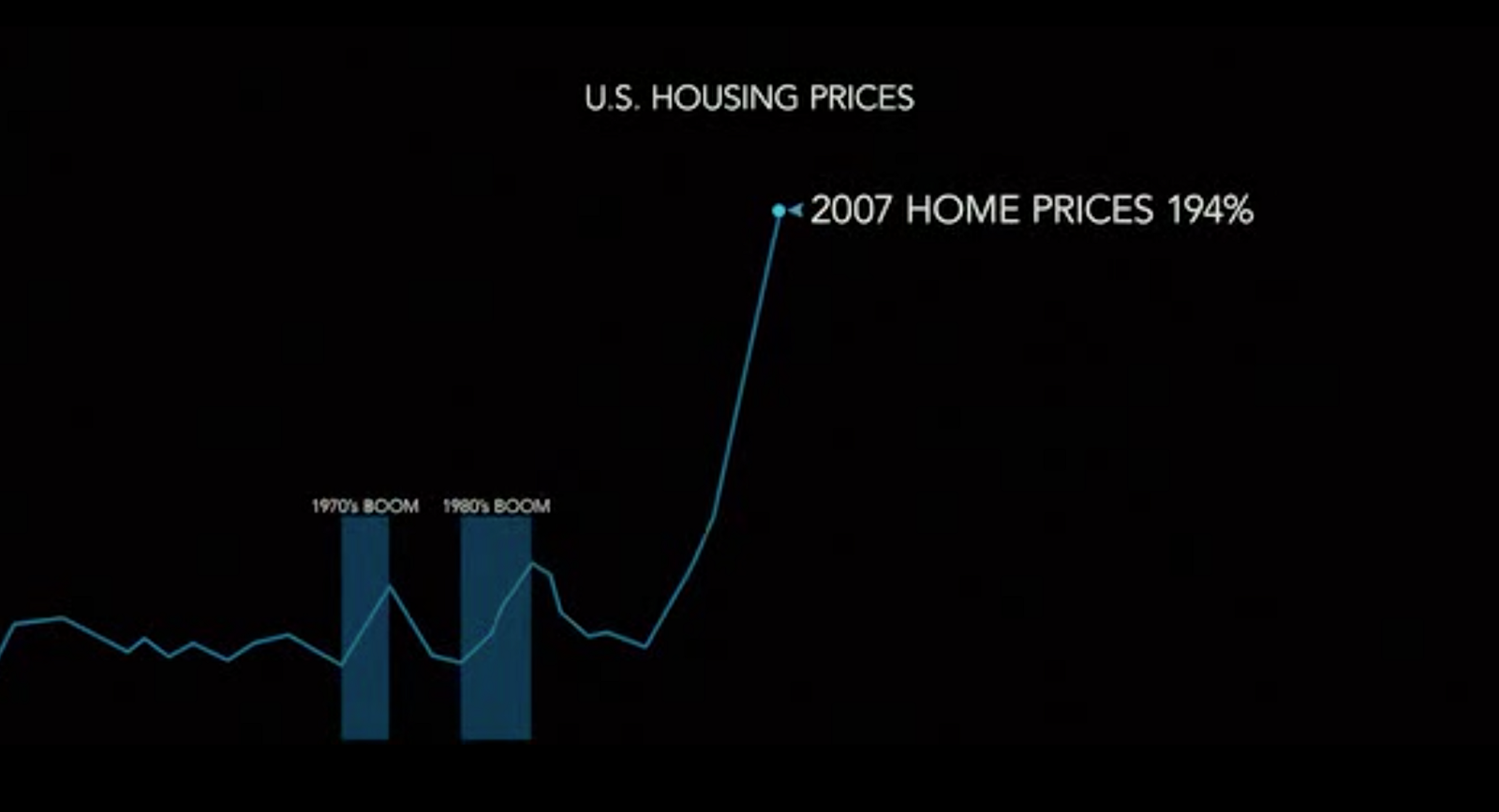 )
)
Since subprime loans with higher interest rates were more profitable, banks preferred to sell them, so many new homeowners never stood a chance at repaying their expensive mortgage repayments.
But since your local bank was selling these mortgages on to investment banks, which would repackage them into CDOs, before selling them on to unsuspecting investors. By the time people started defaulting on their mortgages, the losses wouldn't show up in the books for months. By which point, they were no longer the banks losses!
The problem here is that the banks were far too big, too centralised, and to politically influential, so when someone tried to flag this weakness in our financial system’s incentive structure, it fell on deaf ears…
The more money the banks made from selling subprime loans, the more incentive to issue them.
The financial industry was getting rich at the expense of their customers, and the derivative space grew to a 50 trillion dollar unregulated market…
Then this happened.
But what does all this have to do with Bitcoin?
In January 2009, the first Bitcoin was mined… offering a peer-to-peer decentralised currency, and the timing was perfect!
Public trust in the financial industry was at an all time low, and Bitcoin offered an alternative with some appealing features.
It caught the attention of cyberpunks, programmers, technologists, and digital tinkerers world wide.
Here’s why.
Bitcoin is Scarce
Traditional currencies are usually created by central banks, which together with government, can decide when to print new currency or change monetary policy. The creation of Bitcoin, however, is way more transparent and decentralised.
Bitcoins are created each time a miner solves a mathematical equation which validates the next block of transactions on the blockchain. This process happens publicly, and the number of Bitcoins rewarded is reduced by 50% every four years.
This means the number of bitcoins in existence wont exceed 21 million, which is why people commonly associate it with being the digital equivalent of gold. The supply is finite!
(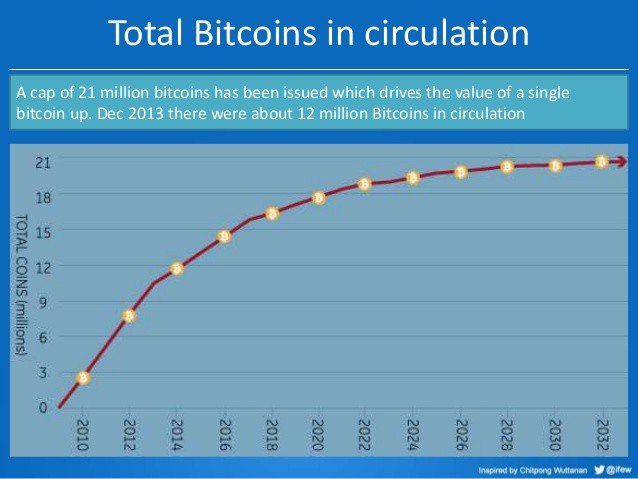 )
)
Bitcoin is Open
Traditionally, to be able to buy and sell online or send money digitally, people had to rely on banks and trusted third parties. This results in slow or expensive payment solutions…
Bitcoin on the other hand only requires you to create a Bitcoin wallet, which at its essence is just a public key to receive funds, and a private key to be able to send funds. Bitcoin wallets can be created by anybody in minutes, without the need of going through a bank…
This allows billions of people around the globe who do NOT have access to a working banking system, or the people affected by hyper inflation, to have access to a global digital currency.
(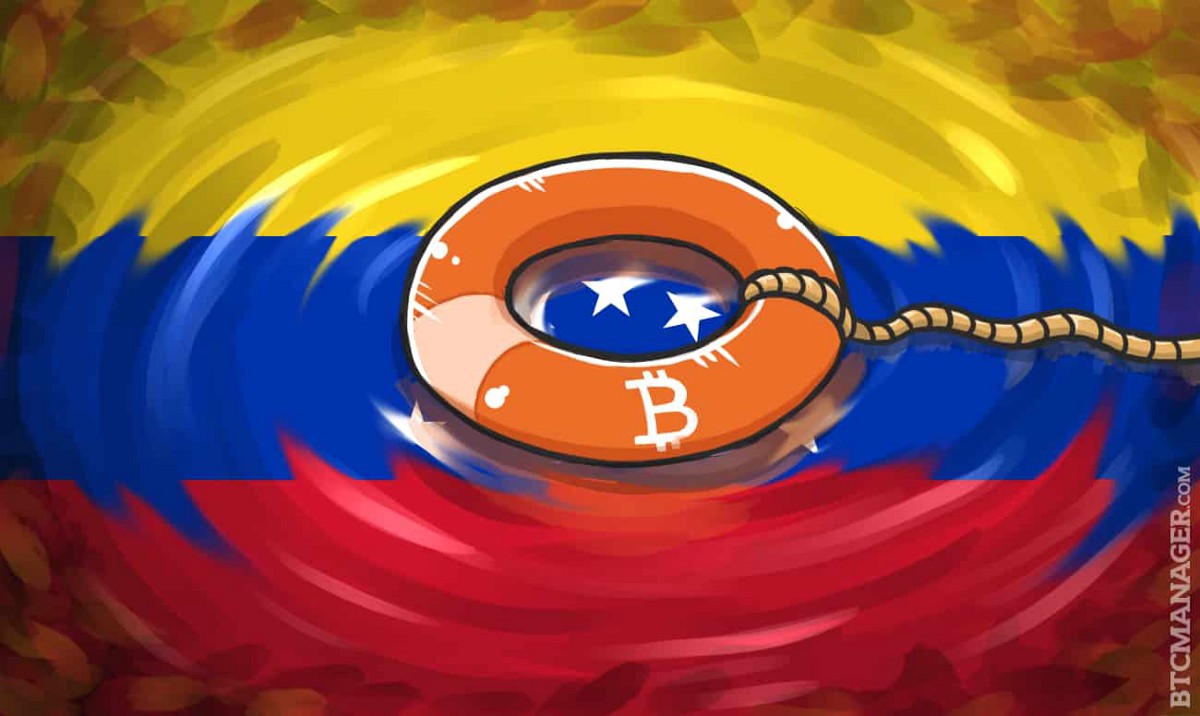 )
)
Bitcoin is Resilient
E-gold was one of the first attempts to create an alternative currency, and at its peak, processed over $2 billion dollars worth of transactions… and that caught the attention of nation states.
The US government eventually brought charges to the four leaders, killing the project by bankrupting the founders.
Bitcoin, however, is decentralised, meaning it’s run and used by a large number of participants all over the globe. This means Bitcoin cannot be shutdown by any one entity, since the network is not controlled or owned by any one corporation or individual.